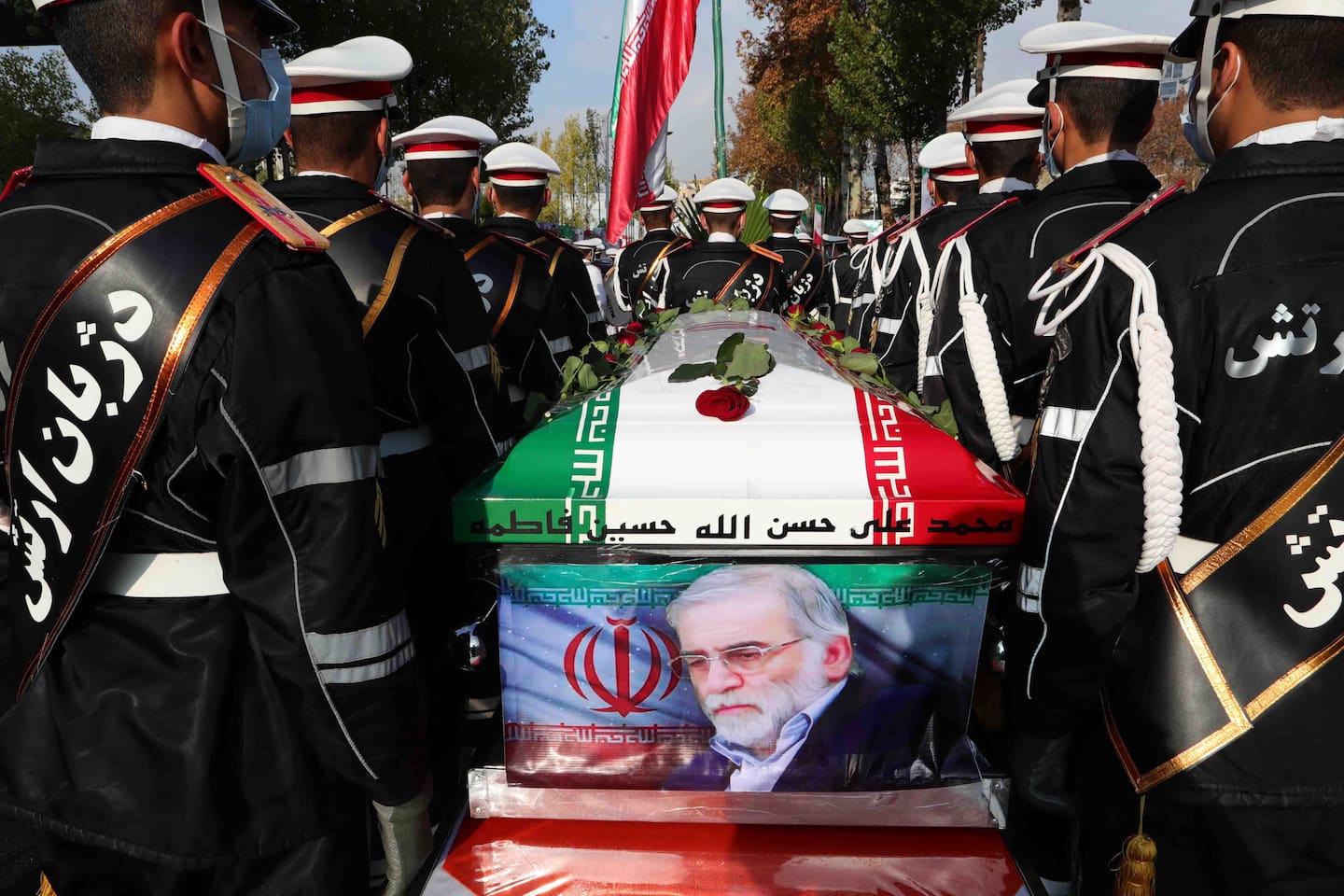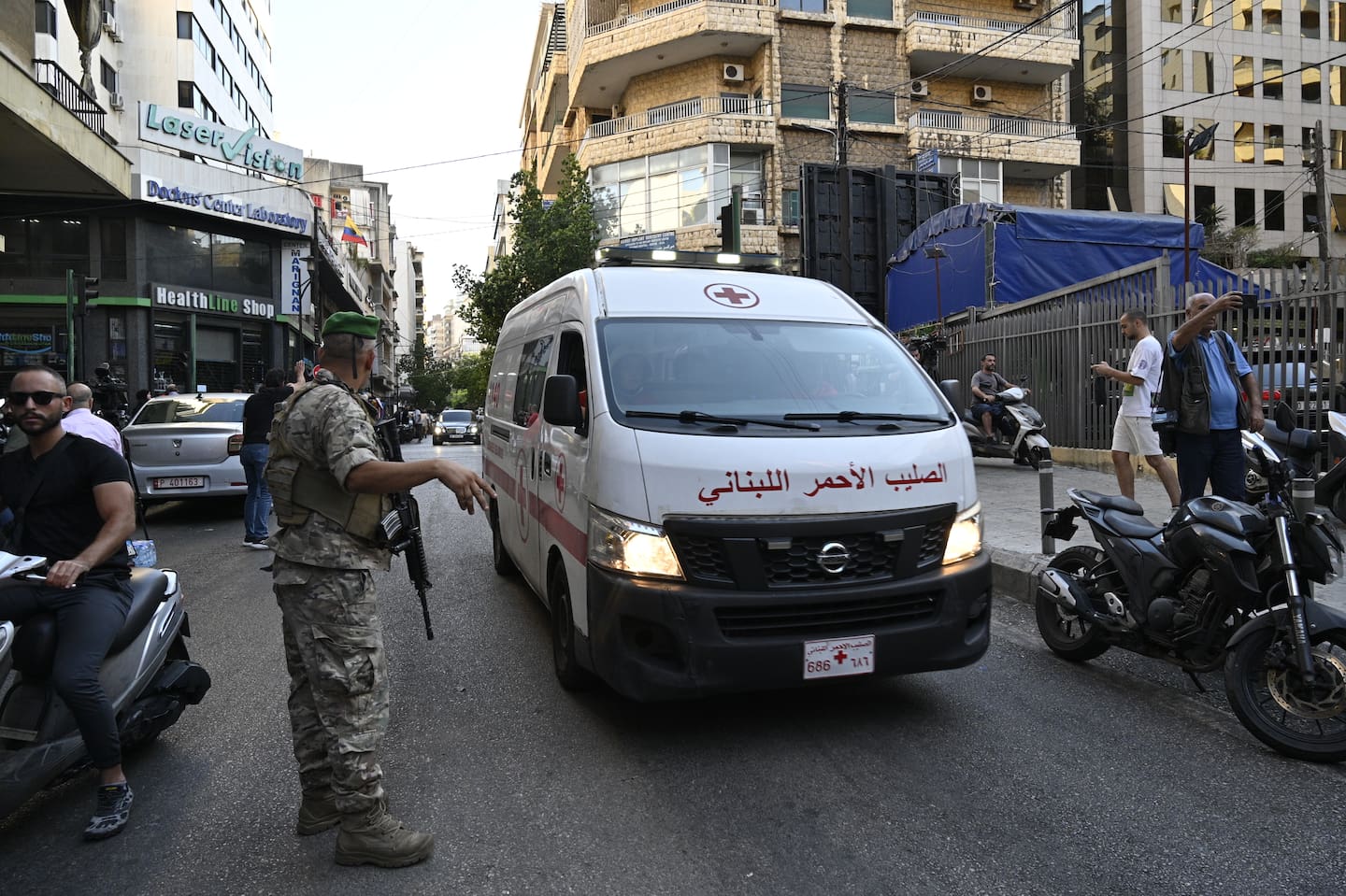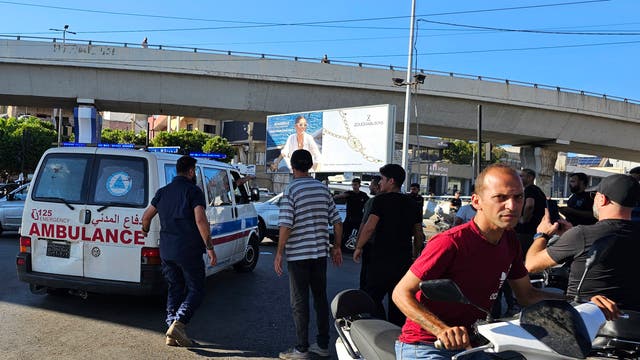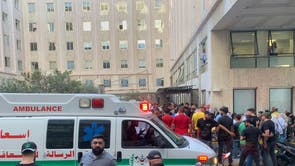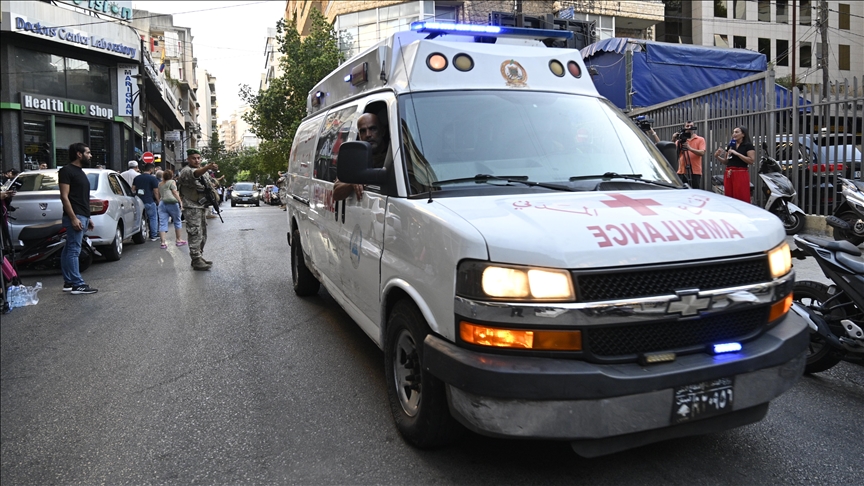The proposed measures are modeled on Vladimir Putin's efforts to erase LGBTQ+ identity in Russia.
By Greg Owen Tuesday, September 17, 2024

Crowds of people standing in front of Georgia's Parliament building on November 1, 2020.Photo: Shutterstock
The Georgian Dream Party has made good on its pledge to outlaw LGBTQ+ identity in the European country with a sweeping set of bills approved by Parliament.
Legislators approved the measures following a third and final reading of the proposed laws under the cover of “family values and the protection of minors.”
Related:
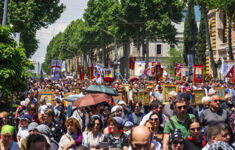
Georgia moves forward with bills to outlaw Pride events & trans people
The legislation would ban LGBTQ+ rights on multiple fronts, including adoption, marriage, and civil IDs.
The legislation, modeled on Russian laws erasing LGBTQ+ identity, would impose draconian curbs on LGBTQ+ rights and provide a legal basis for Georgian authorities to outlaw Pride events, the rainbow flag and public displays of affection, and also to impose censorship of films and books. It restates an existing ban on same-sex marriage and outlaws gender-affirming surgery in the country.

Georgian Dream party leaders say the legislation is critical to safeguarding Georgia from degenerate moral influences exported from the West. Its passage is one more indication the country is tilting its allegiance toward Vladimir Putin’s Russia. With it, the former Soviet republic’s bid to join to the European Union looks ever more unlikely.
Opponents say the bill and timing of the measure are aimed at whipping support for the far-right government ahead of the nation’s October 25 elections. Georgian Dream is looking to increase their majority with their fourth turn at the polls.
“This law is the most terrible thing to happen to the LGBT community in Georgia,” Tamara Jakeli, director of campaign group Tbilisi Pride, told Reuters. “We will most likely have to shut down. There is no way for us to continue functioning.”
Under Georgian Dream’s leadership and with the complicity of the Orthodox Church, Georgia has become ever more hostile to LGBTQ+ people. Polls show broad disapproval of same-sex relationships, and the constitution already bans same-sex marriage.
Tbilisi’s annual Pride marches have repeatedly come under physical attack by right-wing mobs, with reports some of those individuals have traveled from Russia to inflame tensions.
In addition to outlawing public gatherings “promoting” same-sex relationships, the legislation would also limit adoption to heterosexuals, ban gender changes on official identification, and outlaw “LGBT propaganda” in education.

Georgian Dream parliament members have also proposed introducing “genetic” requirements in establishing legal marriage, whereby marriage would be a union of a “genetic woman” and a “genetic man.”
Georgia enjoyed decades of progress on human and LGBTQ+ rights following the Rose Revolution in 2003, as a majority of citizens supported a pro-Western turn and integration into the European Union and NATO.
The rise of the Georgian Dream party in the last 10 years, however, has seen the government reorienting toward its former colonizer, with the Church encouraging the rapprochement.
The introduction of the anti-LGBTQ+ legislation follows the Georgia Parliament’s passage of another Russian-inspired law to label Western NGOs as “foreign agents,” teeing up a harassment campaign aimed at expelling human rights and other groups that far-right conservatives and the Orthodox Church have accused of infecting Georgia and other countries with “degeneracy.”








